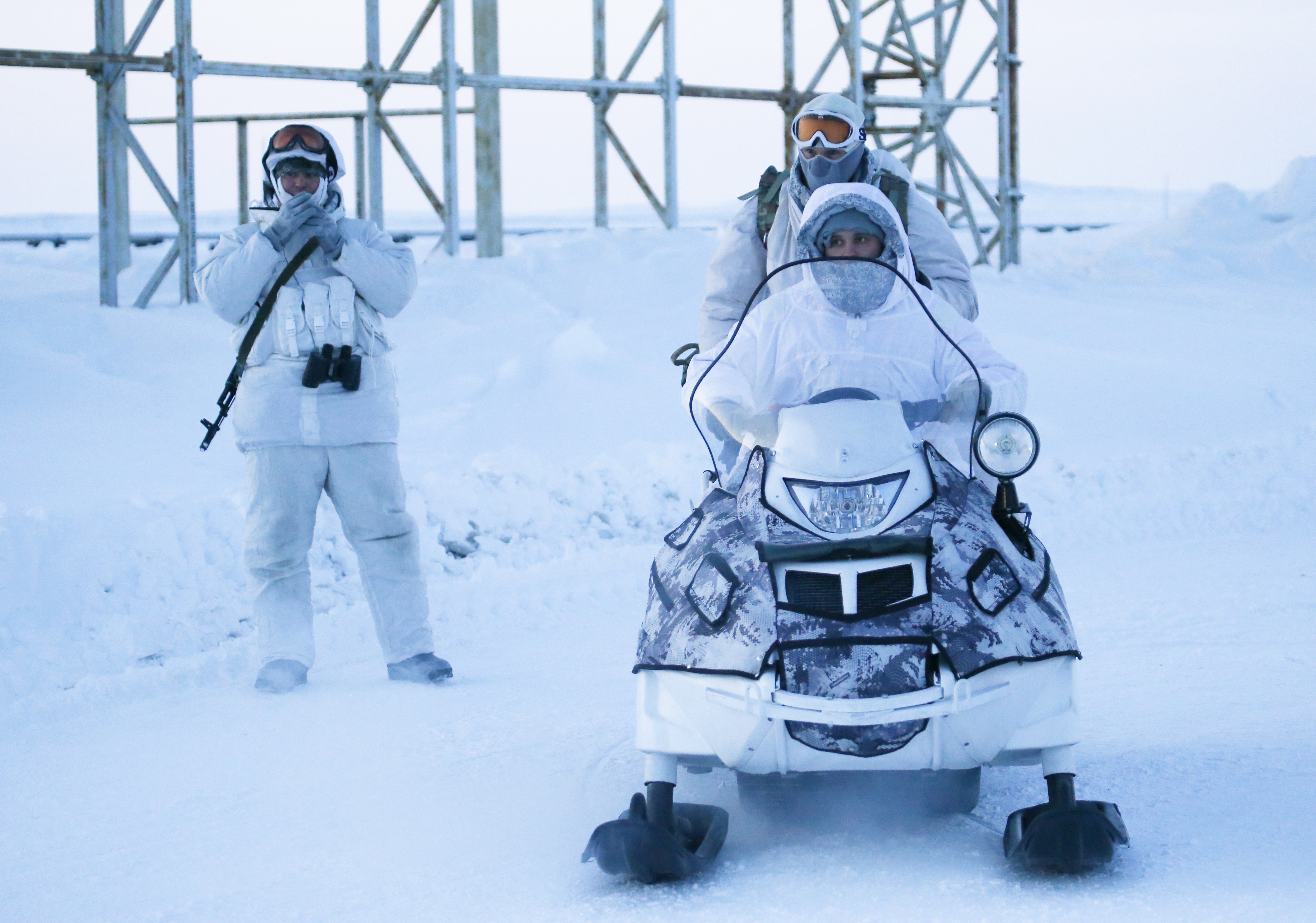How to write an Arctic story in 5 easy steps
OPINION: A foolproof guide for reporters new to covering the Arctic

So you’ve been assigned to write a story on the Arctic. Congratulations! This will be one of your easiest assignments.
The key is to write the exact story your urban, mid-latitude reader expects to read. Stick to this formula and you’ll be on the path to high click rates in no time.
1. Climate change is the pretext for your article, so make sure to point out how many degrees the region has warmed. To avoid doing math, simply state “Twice as fast as the rest of the planet”. Reiterate that this will have significant impacts on polar bears. Don’t forgot your illustration of the Arctic Ocean showing its shrinking sea ice extent since 1979: This is key!
2. The Arctic conflict narrative is essential. Most journalists used to lead with the Russian flag being planted on the seafloor at the North Pole in 2007, but more and more are opening with China’s 2018 Arctic White Paper. Portraying the Russians and Chinese as a double threat to Arctic sovereignty is ideal.
Be sure to note that Russia has way more icebreakers than your country, and that China is building some too. Imply that these icebreakers have some nefarious purpose, like war-fighting or illegal fishing. Describe shipping growth in the Northern Sea Route as a percentage (“80 percent growth”), not the actual double-digit figure (27 transits in 2017).
It’s best to call Russia’s extended continental shelf claim submission a “land grab,” even though 80 other states have made similar submissions under the provisions of the UN Convention on the Law of the Sea. If you do mention that Canada and Denmark have competing claims, make it seem like Russia’s is somehow more aggressive. It is always preferable to refer to the ‘North Pole’ rather than the ‘Central Arctic Ocean’, even though the former is an abstract point.
Bonus points if you can show a map of Russian military assets in the Arctic. Don’t distinguish between Soviet-era airstrips, refueling ports or search and rescue stations. What really matters is that there are a lot of dots. Call Russia’s new Nagurskoye base in Alexandra Land in the Franz Josef archipelago, which accommodates 150 people, “giant” or “massive.”
3. Resource development, of course, is the reason we are all here. Start by asserting that the Arctic region could contain 90 billion barrels of oil. If you are feeling bold, declare it a “trillion dollar ocean”. Point out the paradox that climate change is making oil and gas resources more accessible WHICH WILL LEAD TO MORE CLIMATE CHANGE. For a balanced take, remind the reader that resource development also provides jobs in remote locations. Recite someone from Greenpeace describing how those jobs can be replaced through renewable energy projects or tourism.
4. It is very important to make mention of Indigenous peoples, and the fact that they have lived in the Arctic for millennia. A trip to an Inuit village is optimal. Describe the weather on the day you visit as ‘frozen’, ‘brutal’ or ‘harsh’.
Provide quotes on how climate change has affected hunting patterns. References to addictions, the high cost of milk, crumbling infrastructure — any kind of struggle — are welcome, while descriptions of normal, everyday life are discouraged.
5. The easiest part of your article is picking your headline – there are only four options after all. “Scramble for the Arctic” “Polar Power Struggle” and “Race for Arctic Resources” are good, but it’s hard to top “New Cold War”.
Include an image of soldiers in snow camouflage uniforms in your social media posts.
Once you have checked all these boxes, your Arctic article is complete. Great job bringing attention to this changing, vulnerable region! After all, what happens in the Arctic doesn’t stay in the Arctic.
The views expressed here are the writer’s and are not necessarily endorsed by ArcticToday, which welcomes a broad range of viewpoints. To submit a piece for consideration, email commentary (at) arctictoday.com.